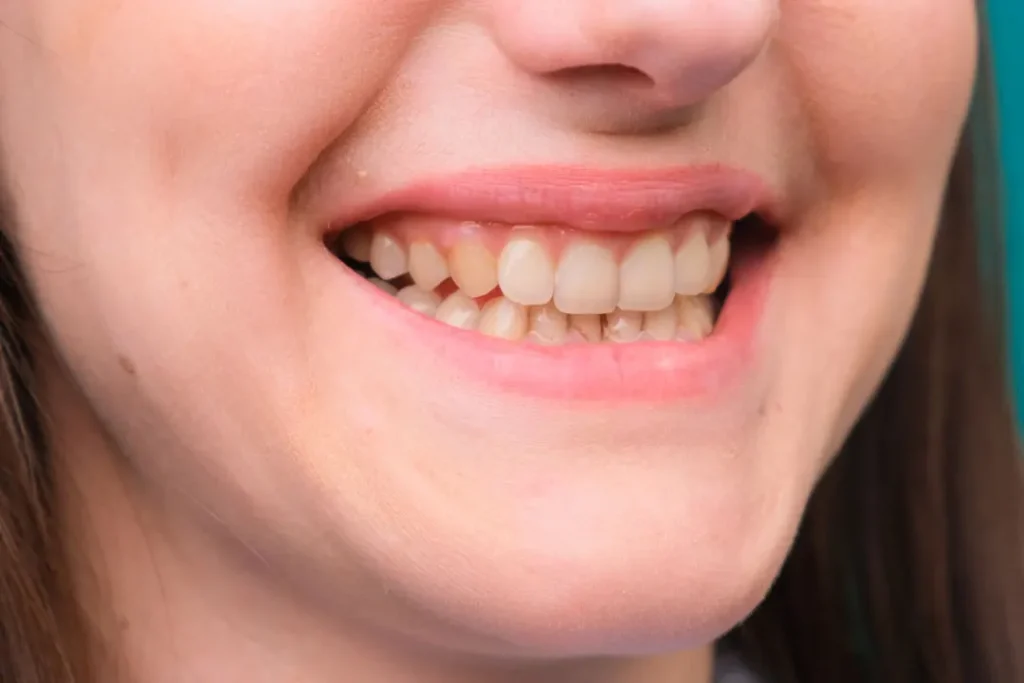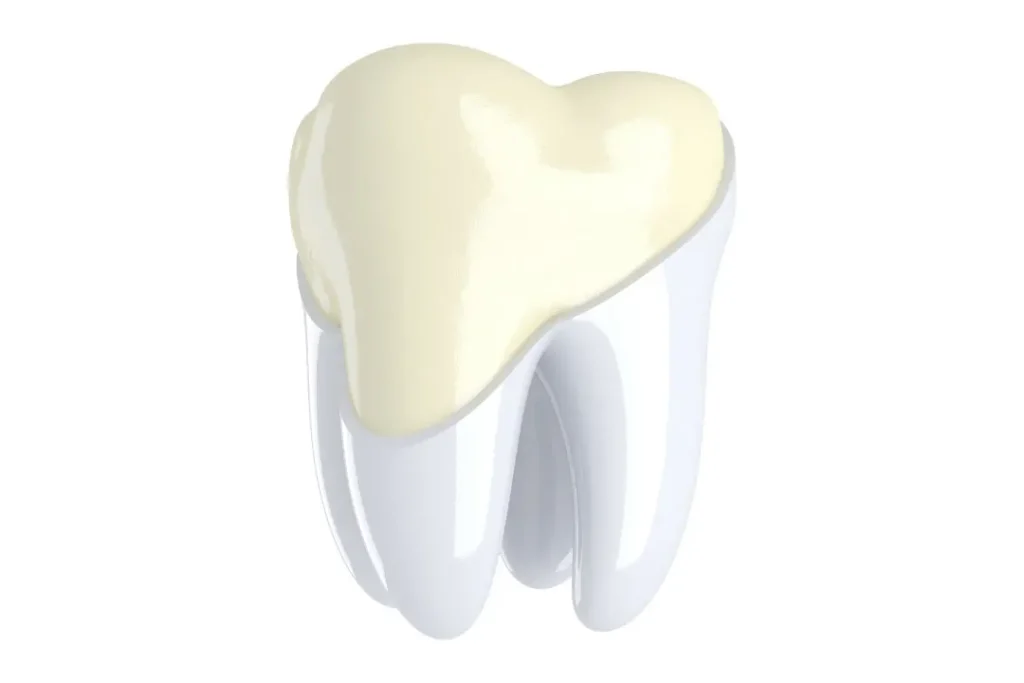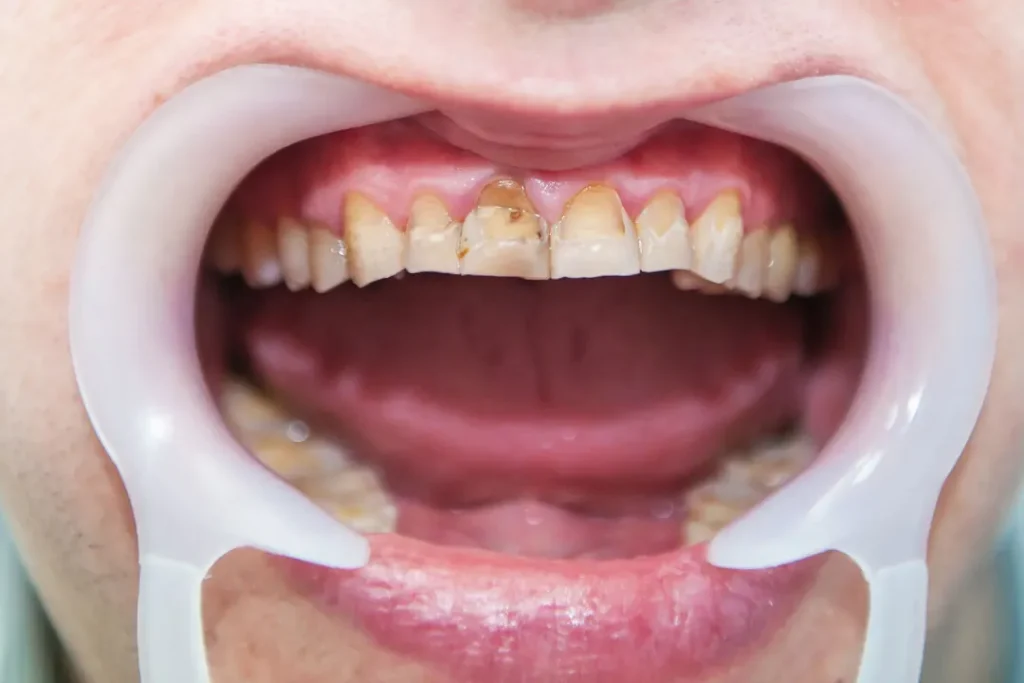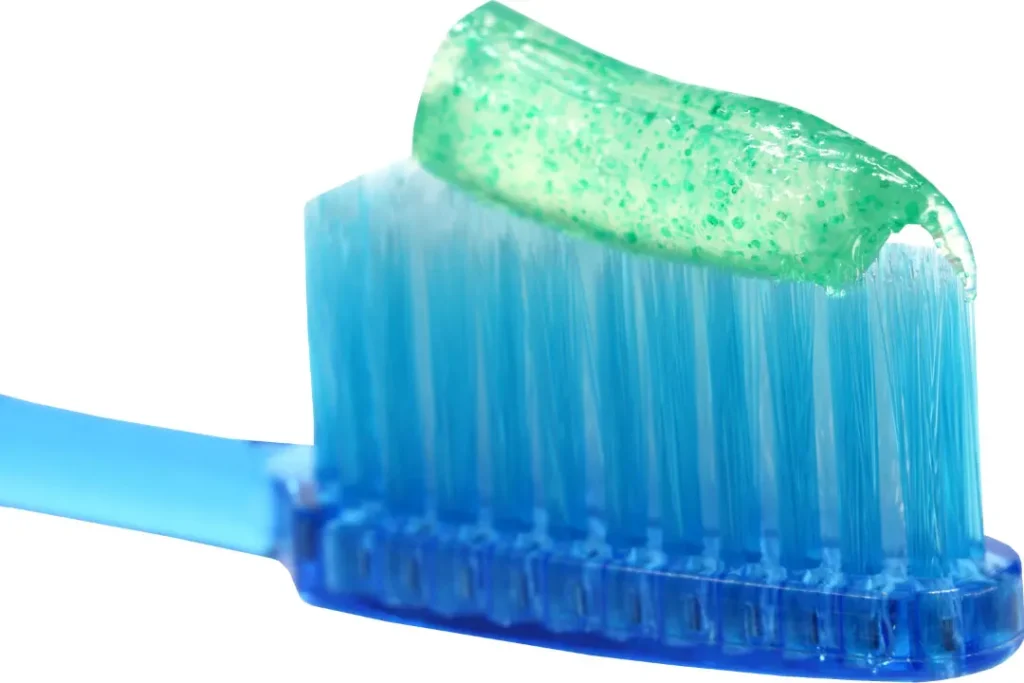Despite being a trace mineral, fluoride, an ion of the element fluorine, is crucial for maintaining good health, particularly for the teeth. This page describes fluoride’s characteristics, health advantages, recommended dose, possible adverse effects, and drug interactions, as well as safe usage. The essay also explores the physiological and chemical processes that underlie fluoride’s effects on the body and brain.
You May Also Like:
The 7 Most Powerful Huperzine A Brain Benefits
5 Great Nootropic Herbs for Energy, Focus, and Productivity
Fluoride: Benefits, Dosage, Side Effects, Drug Interactions, and Other Important Information is an original (NootropicsPlanet) article.
The Nature of Fluoride
Fluoride is the anionic form of fluorine, represented chemically by the letter “F-“. Due of its dental advantages, it is intentionally added to public water sources, toothpaste, and mouth rinses. It is naturally found in small amounts in drinking water and some foods. Tea, shellfish, and water that has been fluoridated are the main dietary sources of fluoride.
Health Benefits of Fluoride
The capacity of fluoride to help prevent dental caries is its most noteworthy health advantage. This effect was initially seen in the early 20th century, when reduced rates of tooth decay were associated with places having naturally fluoridated water. Fluoride’s ability to remineralize tooth enamel and reduce bacterial activity is thought to be the cause of its caries-preventing qualities.
According to research, fluoride can reduce the incidence of caries by strengthening tooth enamel so that it is more resistant to bacterial acid attacks. Additionally, fluoride encourages the remineralization of tooth enamel that has begun to deteriorate, potentially correcting early-stage caries.

Chemistry of Flouride
Fluorapatite, a more acid-resistant substance, is created when the fluoride ion, which has a negative charge at the chemical level, replaces the hydroxyl ion in hydroxyapatite, the main component in dental enamel.
The foundation of fluoride’s function in preventing cavities is this activity. Fluoride helps prevent tooth decay by strengthening the tooth enamel’s resistance to the acid generated by oral bacteria by creating fluorapatite. Fluoride can also stop the metabolism of these bacteria, which lowers the quantity of acid they create.
Physiological Mechanisms of Action of Flouride
Fluoride further encourages the remineralization of tooth enamel. Fluoride buildup on demineralized enamel during the early stages of decay can draw calcium and phosphate ions, assisting in the healing of the enamel.
Although most studies on fluoride have concentrated on its impact on oral health, given that fluoride may pass the blood-brain barrier, there has been interest in its possible effects on the brain. Although some studies have revealed a possible connection between high fluoride levels and cognitive problems, this topic is still debatable, thus further study is required.

Optimal Dosage of Fluoride
Fluoride dosages are best based on age, with younger children who are more susceptible to tooth cavities needing greater doses. The National Institutes of Health recommend a daily fluoride consumption of between 0.01 mg for newborns and 4 mg for adults over the age of 19. But be mindful as the dosage can vary for males and females as well.Notably, this dose contains fluoride from all sources, including water, food, and dental products.
Side Effects of Flouride
While fluoride is advantageous when consumed in the proper amounts, excessive consumption can result in diseases like dental fluorosis in children under the age of eight, an aesthetic disorder that alters the look of tooth enamel. Long-term exposure to high amounts of fluoride can have more serious consequences, such skeletal fluorosis, a bone disease brought on by an excessive deposition of fluoride.

Potential Substance Interactions of Flouride
Although less often, interactions with other drugs are possible. For instance, calcium and fluoride may bond and prevent calcium from being absorbed by the body. Therefore, if you combine fluoride and calcium supplements at the same time, it may make the fluoride less effective.
Responsible Use of Fluoride
Balance is crucial while using fluoride. Fluoride intake must be adequate to promote oral health while avoiding any negative consequences. Fluoridated water should be consumed, fluoride toothpaste should be used, and fluoride supplements should be used sparingly to create this equilibrium.
It is advisable to supervise youngsters to ensure they use only a tiny amount of toothpaste since they may be more likely to swallow it. Additionally, if you have a particular medical issues, such renal illness, you may need to watch your fluoride consumption and should get advice from a healthcare professional prior to using anything containing flouride

Fluoride:
Conclusion
Flouride has become a modern staple in most households. Whetherby use in toothpaste or municipal water sources, flouride is generally accessible for everyone.
It is adviseable that you prioritize having a sufficent dosage of flouride in your diet daily so as to preserve your teeth enamel.
The most important thing to remember is that you ought not to consume too much flouride, as it can lead to adverse side effects on your teeth, leading to discolorations and stains connected with fluorosis. However, with a conservative amount of flouride added to your diet, you’ll likely gain stronger teeth health for as long as you consistently consume it.
References:
- Fluoride, from Treatment to Toxicity. Retrieved From: https://www.healthline.com/nutrition/fluoride-good-or-bad
- Fluorosis. Retrieved From: https://www.cdc.gov/fluoridation/faqs/dental_fluorosis/index.htm#:~:text=Dental%20fluorosis%20is%20caused%20by,adults%20cannot%20develop%20dental%20fluorosis.
- Fluoride. Retrieved From: https://ods.od.nih.gov/factsheets/Fluoride-HealthProfessional/
Important Note: The information contained in this article is for general informational purposes only, and should not be construed as health or medical advice, nor is it intended to diagnose, prevent, treat, or cure any disease or health condition. Before embarking on any diet, fitness regimen, or program of nutritional supplementation, it is advisable to consult your healthcare professional in order to determine its safety and probable efficacy in terms of your individual state of health.
Regarding Nutritional Supplements Or Other Non-Prescription Health Products: If any nutritional supplements or other non-prescription health products are mentioned in the foregoing article, any claims or statements made about them have not been evaluated by the U.S. Food and Drug Administration, and such nutritional supplements or other health products are not intended to diagnose, treat, cure, or prevent any disease.


